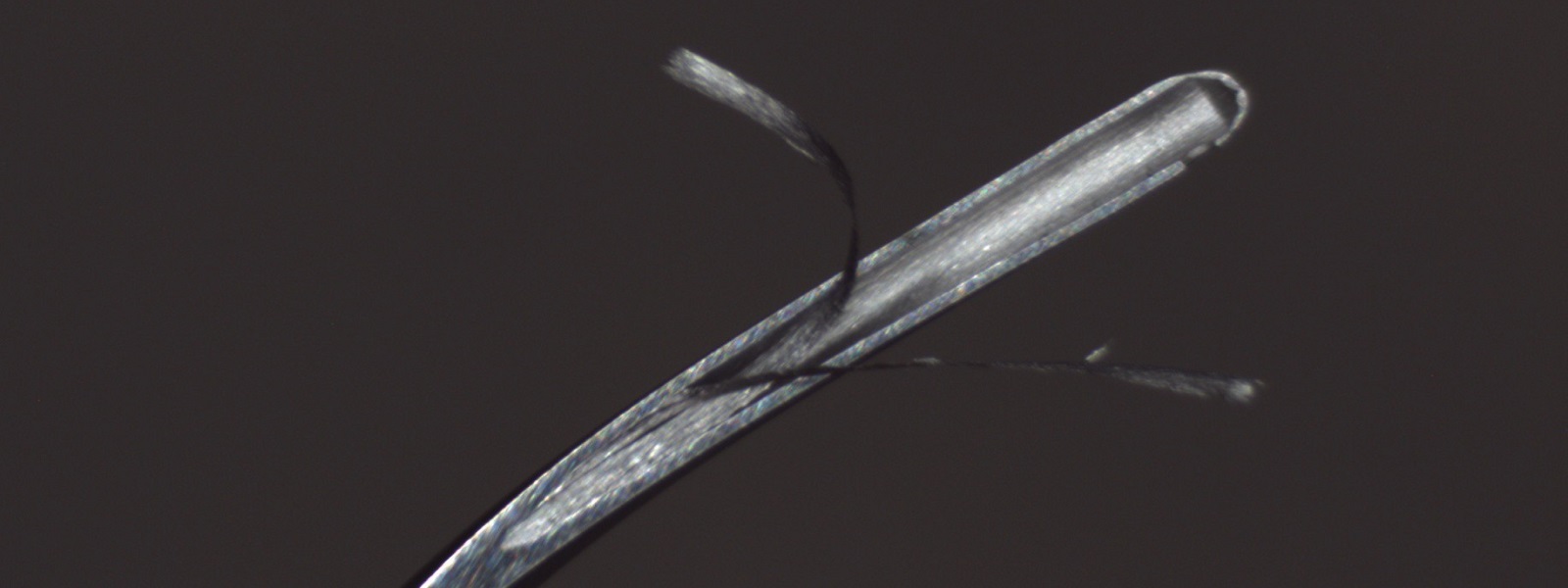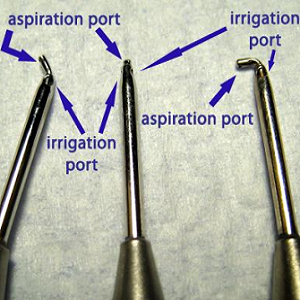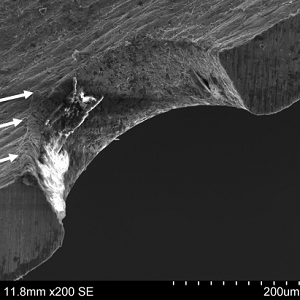Analysis of cataract surgery complication rates such as posterior capsule rupture (PCR) is currently used as a marker of surgical quality. PCR most commonly occurs during cortical clean up in modern cataract surgery. There are a variety of co-axial and bimanual options for irrigation/aspiration (I/A), including metal, polymer and silicone tips. We wished to evaluate their openings and internal surfaces to identify potential intrinsic causes responsible for PCR.
This research involved investigating the physical properties of metal ophthalmic instruments, particularly on the tip of aspiration tips and opening hole of metal irrigation tips. Analysis of their inner bore, lumen and opening aperture was performed by optical microscopy, scanning electron microscopy (SEM) and 3D volume scan of aspiration tips by X-ray computational tomography (XCT). Distances from outer opening to first sharp/irregular metal edge were measured.
Our research demonstrated the inherent metallic irregularities within commonly used I/A tips. If a capsule is inadvertently aspirated and encounters these sharp metal flaws, PCR is likely to result. The only way to minimise this risk would be to lengthen the potential distance between the capsule and metal, as is the case with polymer or silicone tips.
Recent clinical publications suggest trainee non-metal I/A tip use results in significant reduction (even elimination) of PCR. Our study provided unique and clear evidence backing up this principle, by demonstrating the inherent dangers of metal instruments containing unknown sharp and irregular internal edges.


